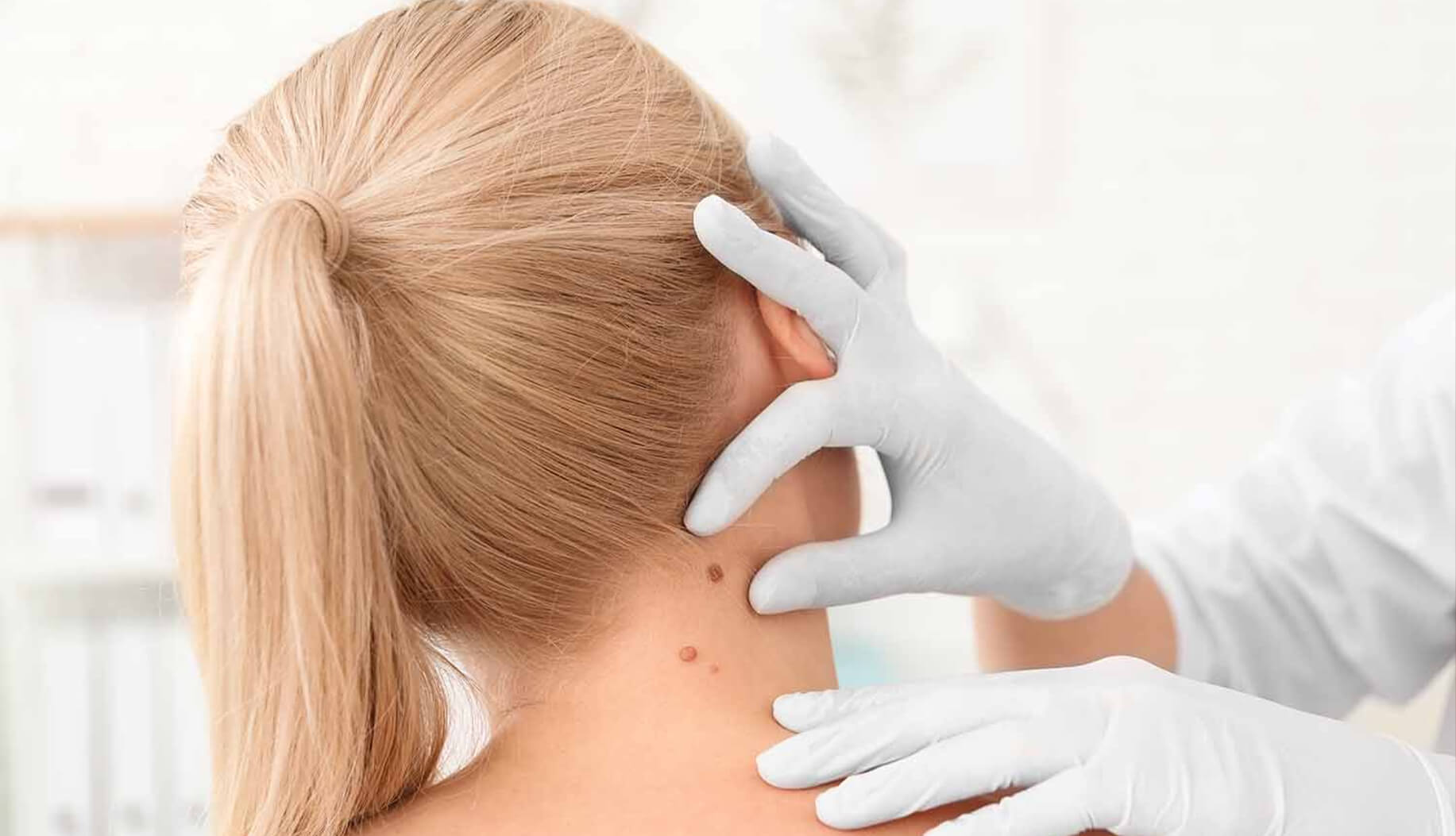
Posted date on Sep 01, 2017
Know more about Skin Cancer
The major cause of skin cancer is prolonged exposure to ultraviolet (UV) radiation from the sun. There are three types of skin cancer – basal cell carcinoma (BCC), squamous cell carcinoma (SCC) and melanoma. BCC and SCC are known as non-melanoma skin cancers. Melanoma is the most dangerous form of skin cancer, and about 10 percent of the cases are hereditary. Proper knowledge about early detection and symptoms of skin cancer are very essential. Actinic keratosis (AK) is the most common warning signal of skin cancer in fair-skinned people. BCC is the most common form of skin cancer, but very rarely leads to serious disease. SCC is less common, but it may progress and invade other parts of the body, making it potentially very serious.
Following are some of the important facts to know about Skin Cancer
- Each type of skin cancer has a different appearance
- Limiting exposure of unprotected skin to UV rays can help reduce chances of developing skin cancer
- Early detection is the best defense for skin cancer.
- If detected early, skin cancer is often treated with a very high success rate—so early diagnosis is very important for both melanoma and non-melanoma skin cancers
- Seek medical advice if you notice any suspicious lesions or moles
For skin cancer diagnosis, a dermatologist may use techniques like skin examination, dermoscopy (a procedure using a hand-held instrument that magnifies the skin surface) or by performing a biopsy of the skin section.
The ‘ABCDEs’ of melanoma describes the key features to identify melanoma in an easy-to-remember list as follows
- Asymmetry: Half of the mole does not look like the other half
- Borders: Borders look irregular — they may be scalloped or poorly defined
- Color: Shades of tan, black and sometimes white, red or blue
- Diameter: Usually larger than 6mm or the size of a pencil eraser but can be smaller
- Evolving: Evidence of changing size, shape or color
For non-melanoma skin cancer, the key warnings signs are as follows
- New growths
- Spots that get larger
- Visible sores that do not heal after 3 months
The most common treatment for skin cancer is surgery to remove cancer (usually under local anesthesia). Common skin cancers can be treated with ointments or radiotherapy. Skin cancer can also be removed with cryotherapy (using liquid nitrogen to rapidly freeze cancer off), curettage (scraping) or cautery (burning).




